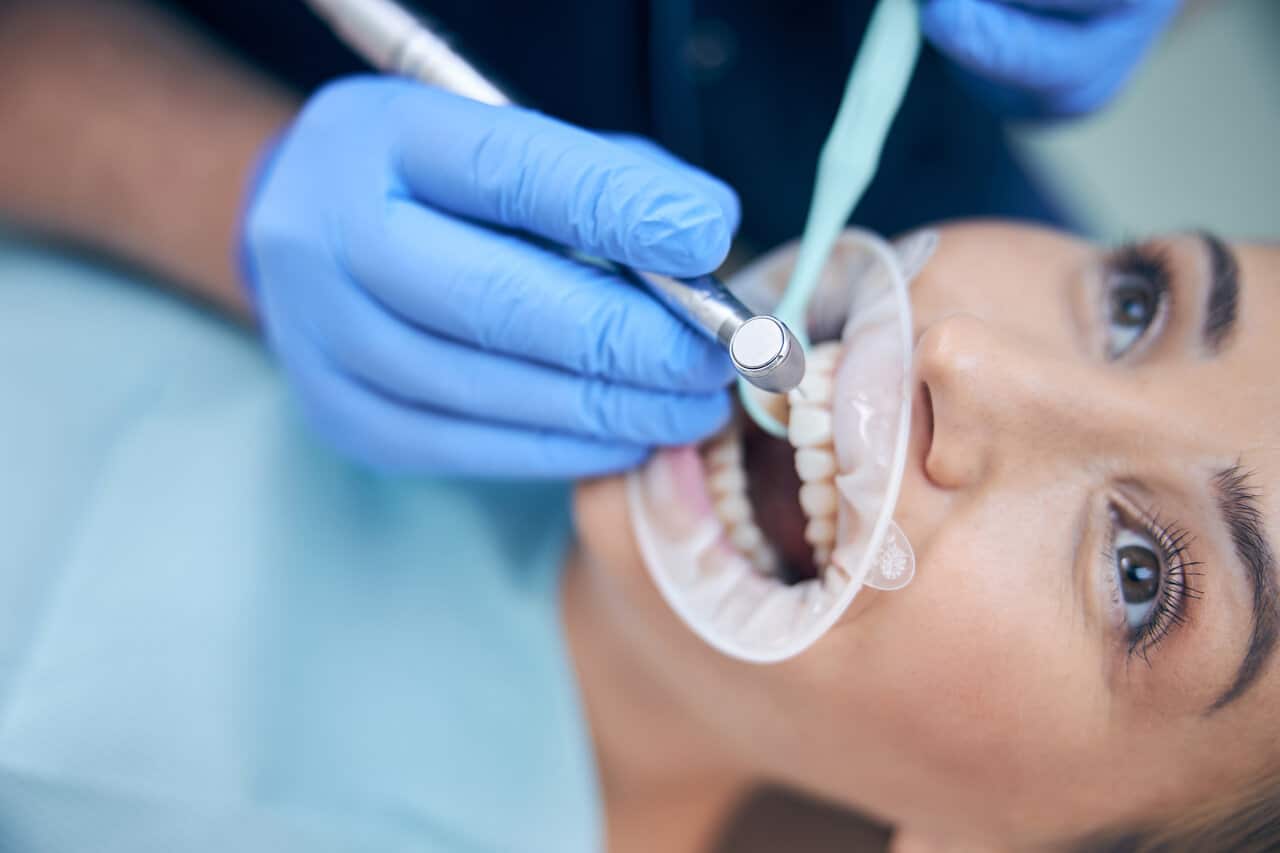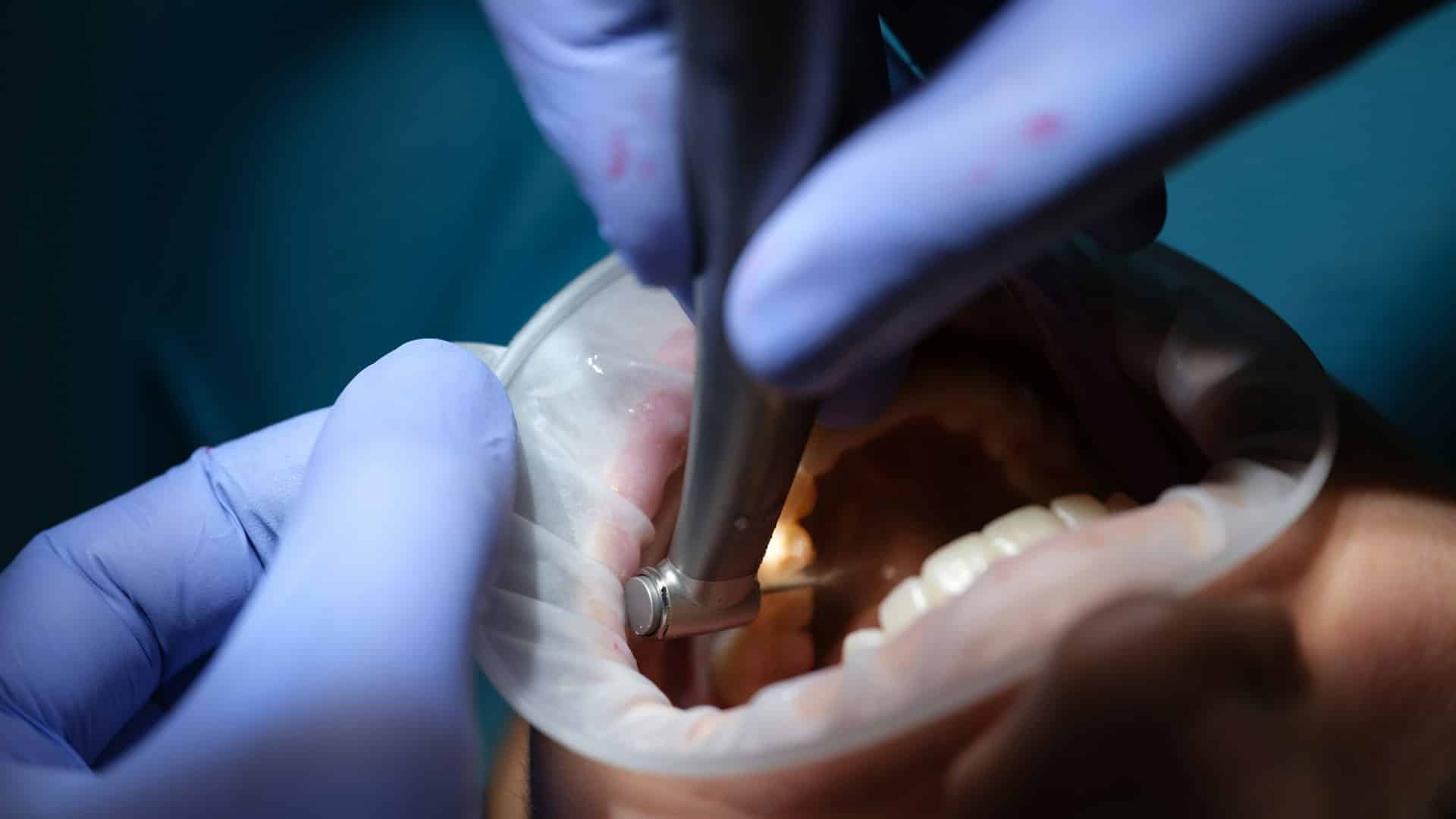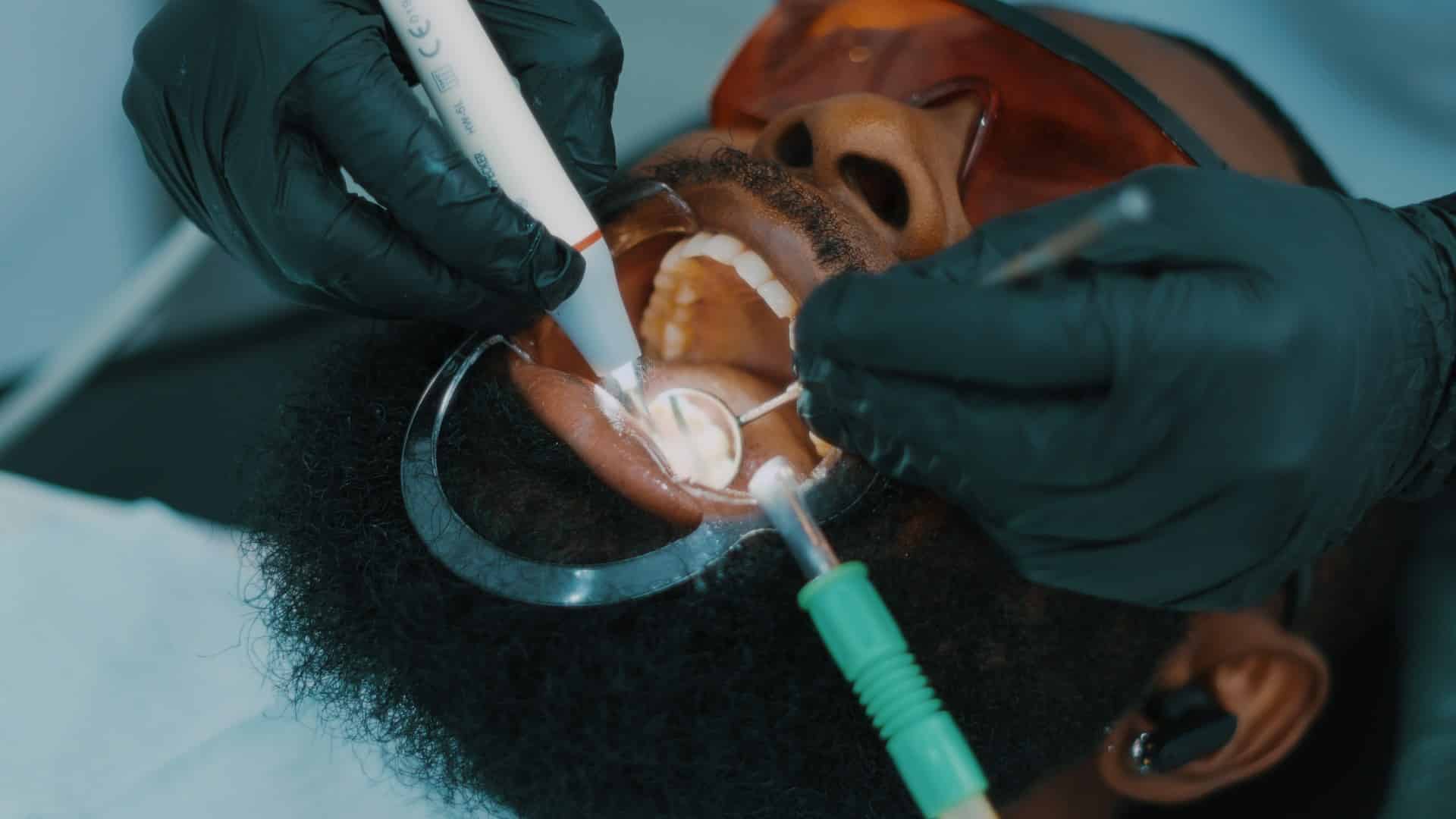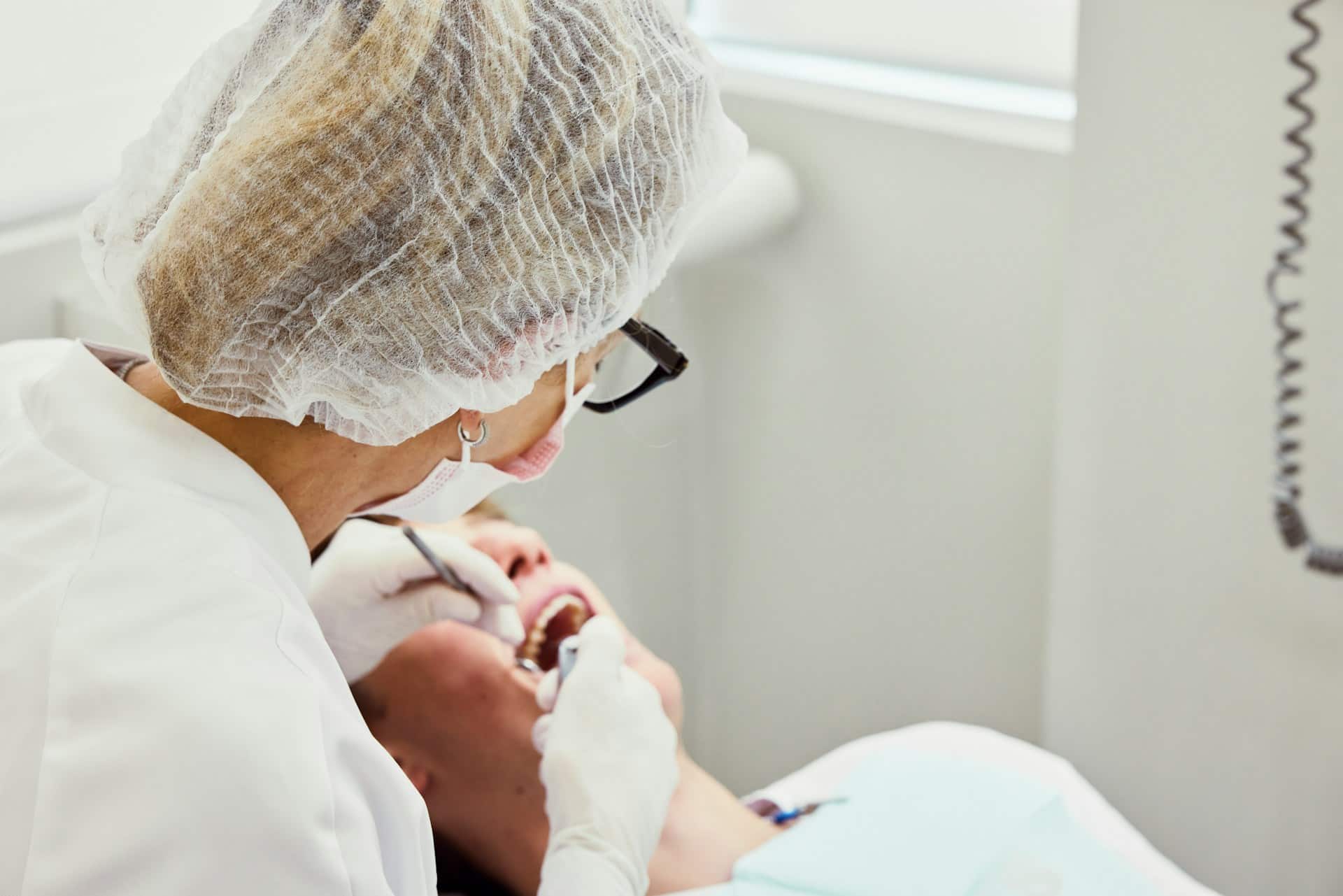Tooth decay is a common dental issue faced by many individuals, and dental fillings are an integral part of addressing cavities and restoring oral health. With advancements in dental materials and techniques, tooth-coloured fillings have become the preferred choice for maintaining a natural-looking smile while effectively treating cavities. At our family dental care practice in Pickering, ON, we believe in providing the highest standard of care and up-to-date dental solutions to meet the needs and preferences of our patients. It is our goal to ensure that you understand your treatment options, helping you make informed decisions and feel confident in your dental care.
In this comprehensive guide, we will discuss the advantages of tooth-coloured fillings, the materials used, and the procedure itself. Our aim is to provide you with valuable information that can assist you in discussing your dental treatment options with your dental care team. Our dedicated professionals in Pickering, ON, are committed to offering patient-centred care, keeping your needs at the forefront of every dental decision.
The Advantages of Tooth-Coloured Dental Fillings
Tooth-coloured fillings offer a wide range of benefits that make them the preferred choice for treating cavities, both large and small:
1. Aesthetic Appeal: The primary advantage of tooth-coloured dental fillings is their ability to blend seamlessly with the natural tooth colour, providing a visually pleasing restorative solution.
2. Preservation of Tooth Structure: These fillings require the removal of less healthy tooth structure compared to traditional amalgam (silver) fillings, leading to more conservative dental treatments.
3. Bonding to Tooth Structure: Tooth-coloured fillings bond directly to the tooth, providing additional strength and support and helping to limit further decay.
4. No Health Concerns: Unlike amalgam fillings, tooth-coloured fillings do not contain mercury, eliminating potential worries about any health effects of mercury exposure.
5. Durability: Modern tooth-coloured dental fillings are designed to be long-lasting and durable, withstanding the everyday forces of chewing for a substantial period.
Materials Used for Tooth-Coloured Dental Fillings
Tooth-coloured dental fillings can be made from a variety of materials, each providing unique benefits suitable for different patient needs:
1. Composite Resin Fillings: The most common tooth-coloured filling material, composite resin, consists of a mixture of plastic and fine glass particles. It can be custom-coloured to match your native teeth and offers excellent bonding and durability. It is suitable for small to moderate-sized cavities.
2. Glass Ionomer Fillings: This filling material is a mixture of acrylic and glass particles, providing a more flexible solution, with the added benefit of releasing fluoride over time to help prevent future decay. Glass ionomer fillings are generally used in areas not subjected to heavy chewing, such as in baby teeth or near the gum line.
3. Porcelain Fillings: Porcelain fillings, also known as inlays or onlays, are custom-crafted in a dental laboratory and offer excellent aesthetics and strength. They are often used for larger cavities or when additional strength is needed.
The Procedure for Placing Tooth-Coloured Fillings
The process of placing a tooth-coloured filling is relatively straightforward and can generally be completed in a single appointment:
1. Preparation: First, we will ensure that you are comfortable and administer a local anesthetic to numb the area, if necessary. Any decayed or damaged tooth structure will be carefully removed to prepare the tooth for the filling.
2. Filling Placement: Depending on the material chosen, the tooth-coloured filling will be applied and shaped to fit the cavity space. Composite resin fillings are placed in layers and cured (hardened) with a special light, ensuring optimum bonding to the tooth. Glass ionomer fillings require less layering and are less technique-sensitive. Porcelain inlays or onlays are custom-made in a dental laboratory and are then cemented into place on the prepared tooth.
3. Final Adjustments: Once the filling is placed, minor adjustments will be made to ensure proper fit and comfortable bite contact.
4. Post-Treatment Care: Following the placement of a tooth-coloured filling, you may experience mild sensitivity in the treated area, which should subside within a few days. Good oral hygiene habits, including regular brushing, flossing, and dental check-ups, will help prolong the longevity of your tooth-coloured dental fillings.
Conclusion
Tooth-coloured dental fillings provide an aesthetically pleasing and effective solution for treating cavities and maintaining a natural-looking smile. By understanding the advantages, materials, and procedures involved, you can make informed decisions about your dental treatment options and collaborate with your dental care team to ensure the best possible outcome for your unique dental needs.
Our experienced and compassionate team at Pickering Dental Services in Pickering, ON, is here to guide you through the process and ensure a personalized dental care experience that addresses your individual needs and preferences. Contact us today to schedule a consultation, and let us help you achieve a healthy, radiant smile with tooth-coloured dental fillings and other dental services in Pickering.










